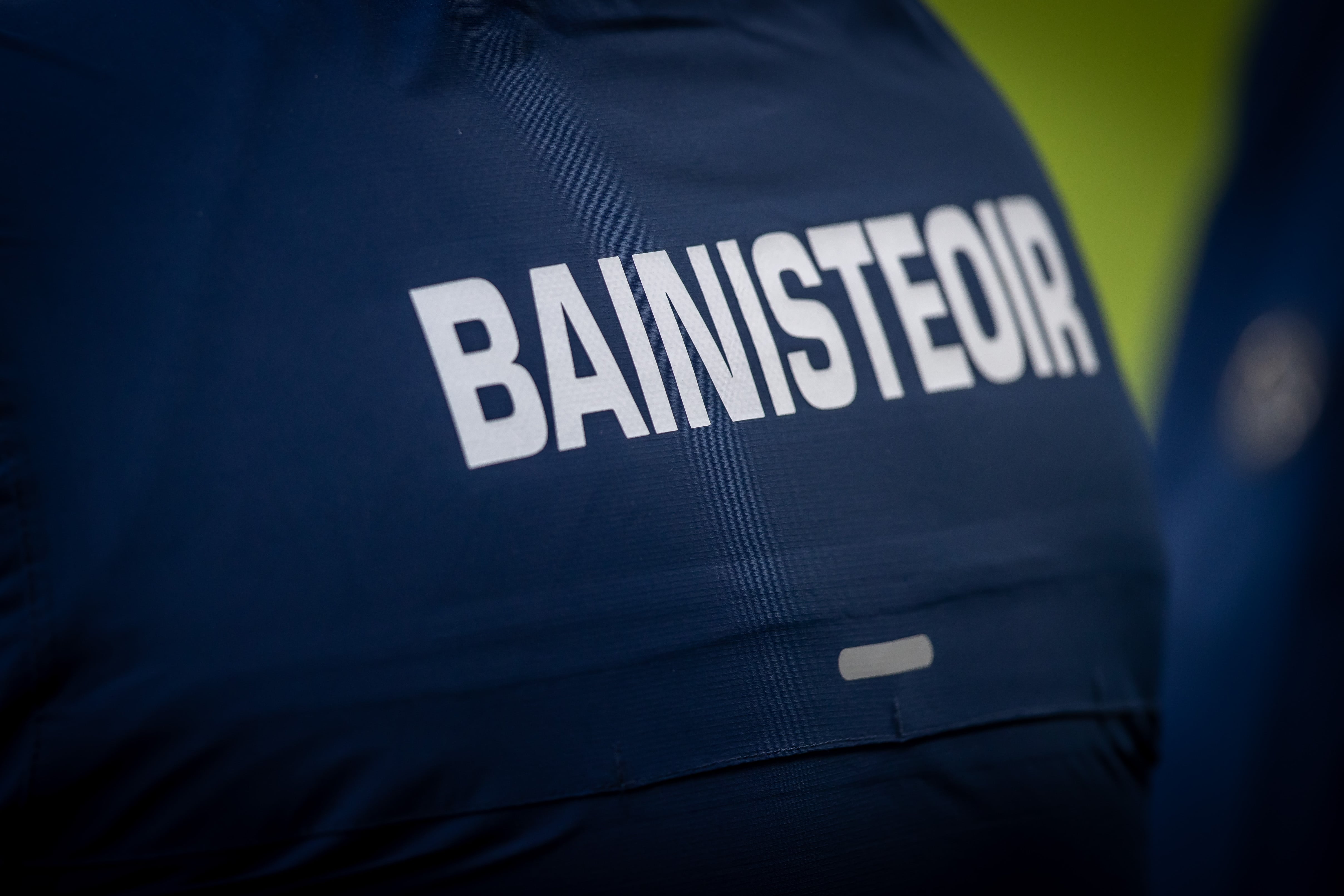A few years before the death of Randal Plunkett’s father, the late Edward Plunkett, 20th Baron of Dunsany in 2011, they had a conversation that would forever change the course of the younger man’s life, as well as the future of the historic estate that he’d inherit.
During it, Edward Plunkett vividly described to his son the many different wild species that were a common sight in his youth in the fields and woodlands of the 1700-acre estate surrounding their family home, Dunsany Castle in Co Meath. That list included otters, barn owls, snipe, corncrakes, sparrow hawks, peregrine falcons, red kite and many kinds of butterflies in addition to many species of wildflowers. Perplexed by their disappearance, Randal asked his father, ”but where are they all gone Why don’t we see them anymore?” To which the older man’s poignant reply was, “they are the cost of success”.
Back then, Dunsany was managed as many large historic private Irish estates are still managed today, its survival predicated on a model of modern agricultural efficiency that relies on intensive farming practices. So, its farm animals were routinely dosed with antibiotics and pesticides, its crops sprayed with fungicides and insecticides, while herbicides and artificial fertilisers were routinely used to control weeds and boost yields. While productivity soared, the cost was nature, a spiralling loss of biodiversity mirrored throughout much of Ireland during the latter half of the 20th century, as the twin worlds of agriculture and horticulture turned towards synthetic chemicals as the solution to every problem.
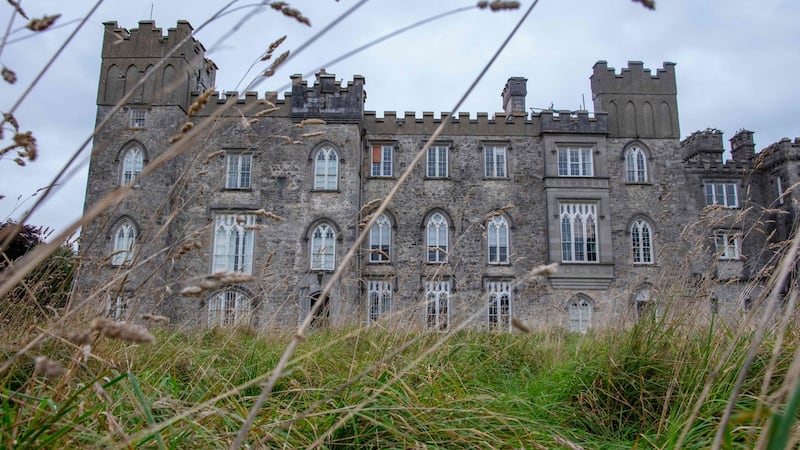
But times have changed. Or at least, to paraphrase that famous song, they are a-changing, and so too, quite dramatically, has Dunsany, as a result of what can only be described as the audacious decision by Randall Plunkett in 2012 to create a nature reserve by rewilding more than one-third of the Dunsany estate.
READ MORE
These days, most people know something about the rewilding movement. For example, maybe you’ve read Isabella Tree’s book about the rewilding experiment at Knepp. Or heard about the reintroduction of wolves into parts of Europe. Or come across the work of the European Rewilding Network, of which Dunsany is a member (rewildingeurope.com). But back in 2012, rewilding wasn’t a term that the producer, film director and writer was familiar with.
‘It wasn’t really a thing or if it was, I hadn’t heard of it. The only roughly equivalent term was ‘nature conservation’ which sounds about as sexy as a British man hiking around Spain in socks and sandals.
“And yet, after my father died, I spent a lot of time thinking about Dunsany’s past and wondering what to do about its future. Because my job, as what I describe as a curator of history, is to leave something of substance for the next generation. Something genuinely meaningful. But it’s strange. For hundreds of years, Irish people fought and died for the land. But now that we no longer need to live off the land, we’ve lost that connection to it. We don’t seem to see that nature is disappearing before our very eyes and that without it, we won’t survive. So if what we’re doing here at Dunsany is the spark that lights that fire, then I’ll be happy with that. Because we need progressive thinkers and trailblazers to help us make a world where nature is for everyone, and where we have a farming system that’s not dominated by Monsanto or Dupont.”
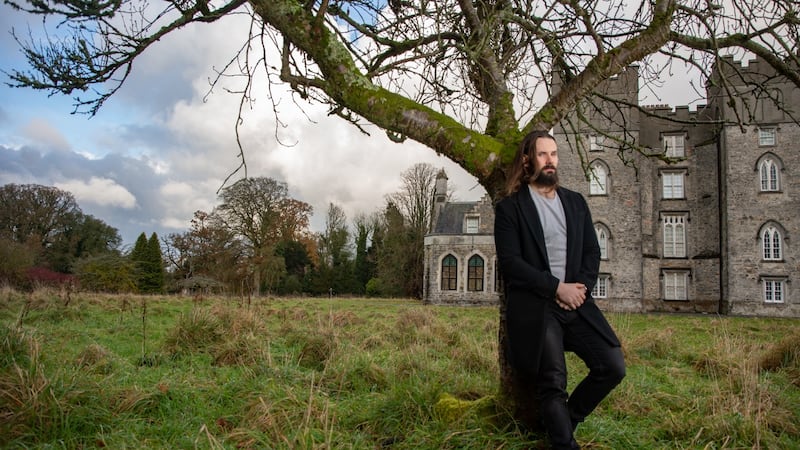
But what, some readers may be wondering, exactly is rewilding? Put simply, at its heart is the belief that nature knows best. Leave a piece of land pretty much to itself, goes the thinking, and over time it will naturally become rich in biodiversity as nature slowly but surely reclaims it, making room for a diverse community of wild species that become part of a complex, self-sustaining landscape.
Although the seeds of the rewilding movement were sown back in the 1960s, it’s only in the last couple of decades that it’s started to become mainstream. With that, it’s also become part of a different discussion about the value of native versus non-native, one that Plunkett has little time for.
“The Ireland of today and the Ireland of 300 years from now are very different to the Ireland of 300 years ago. Our climate is changing and many of our native plants are likely to struggle with the very different growing conditions of the future. So I’m not concerned about the threat of non-natives. Similarly, I’ve no intention, for example, of trying to reintroduce wolves. What’s the point? The Ireland they inhabited no longer exists and it would be impractical to try and re-establish them as a wild species here at Dunsany.
“On the other hand, we haven’t farmed animals here for more than a decade because as a vegan, I believe it’s unsustainable. But we can’t be dogmatic either.
“We just,” he laughs, “need to develop a modern, nature-friendly system of farming that works for everyone. And to eat fewer hamburgers.”
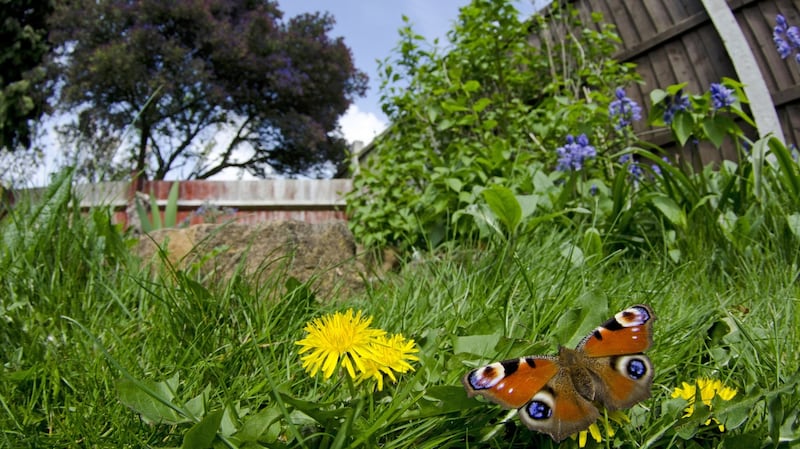
Meanwhile, the ongoing rewilding, or the “rewildernessing” of Dunsany as Plunkett prefers to describe it, has led to the reappearance of the wild species that his father described to him in that fateful conversation over a decade ago. And more. Just last week he discovered a rare marsh orchid growing in an area of the estate next to the river Skane , where the next phase of rewilding is taking place with the help of Waterways Ireland.
What, I wonder, have been the greatest challenges that he’s faced? “I suppose the biggest was that I lost a lot of money. The land here at Dunsany is top quality farmland, fertile, free-draining and very productive, so to stop farming a third of the estate inevitably came at a financial cost.”
Very few people could ever contemplate a project on the scale of Dunsany where more than 700 acres have been returned to nature. How or what would he say to someone with a tiny courtyard garden or small balcony as their growing space? “We’re all important pieces of the rewilding jigsaw. So It could be something as simple as a window box filled with pollinator-friendly flowers … Did you know, for example, that a recent study showed that bees are doing better in our cities than in the countryside?”
Does he garden at Dunsany? “There is an old-fashioned garden here but I’m not much of a gardener in the conventional sense. For me, it’s an expression of will, one where you repeat the same thing again and again and yet the more you try to control it, the more it fights back. I can’t help thinking of Einstein’s definition of madness, which is to keep doing the same thing over and over again while expecting different results.”
Randal Plunkett is one of the key speakers at the 2023 Garden & Landscape Designers (GLDA) seminar which takes place on February 25th (9am-5.30pm) at the Crowne Plaza Dublin Airport Hotel Conference Centre, Santry, Dublin D09 X9X2. Tickets for the event are available from glda.ie , pre-booking essential.
This week in the garden
Time is running out to plant garlic, which needs a decent period of winter chilling if it’s to be properly productive. Varieties suitable for planting at this time of year include: Cristo; Flavor; Cledor; and Solent Wight. Recommended suppliers include all good garden centres as well as specialist suppliers such as fruithillfarm.com.
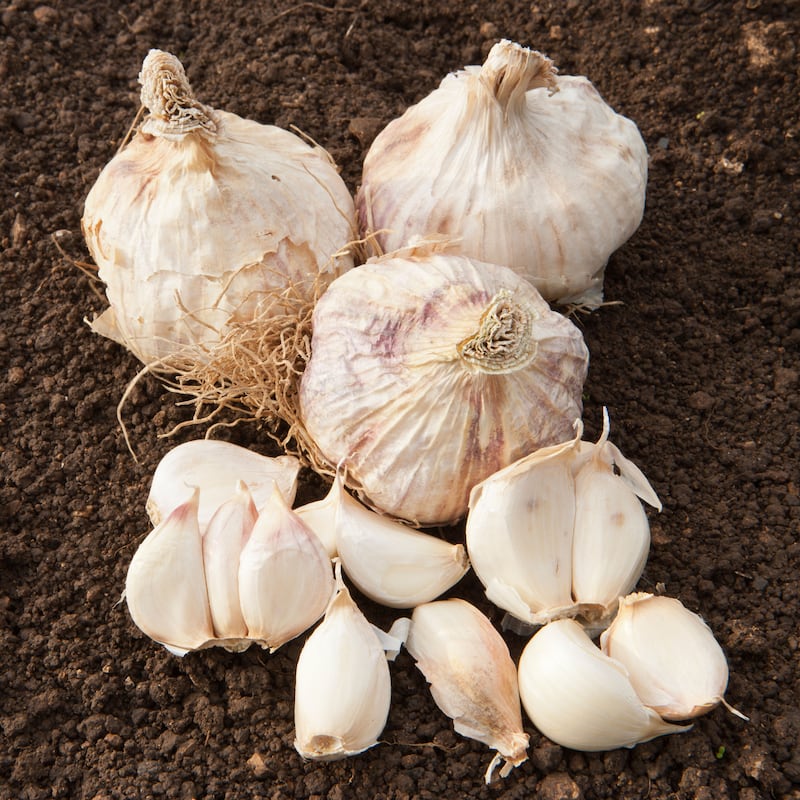
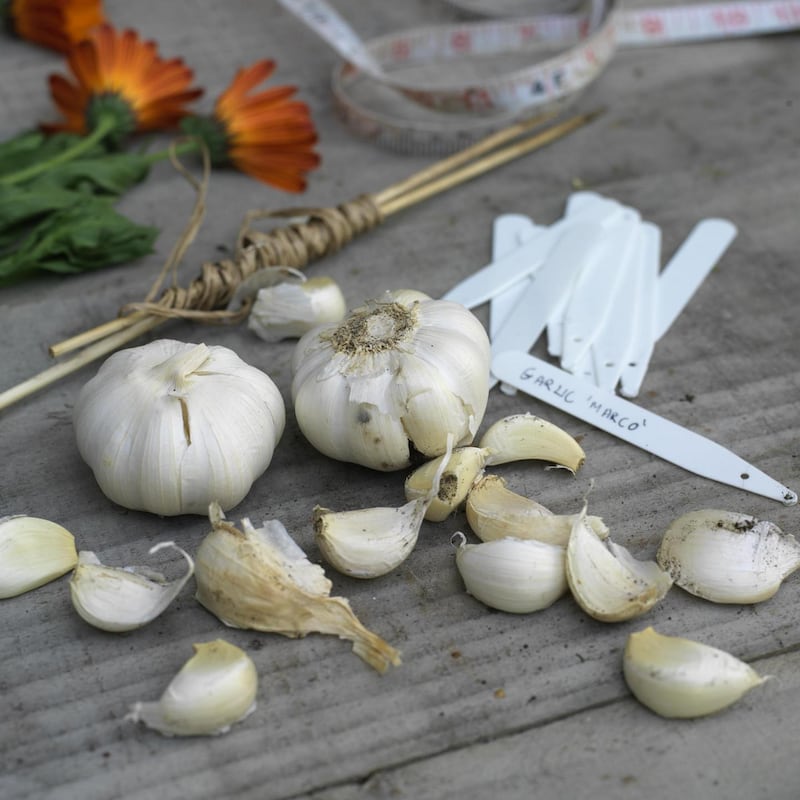
Late February is a good time to start sowing the seeds of many hardy flowering annuals under cover of a glasshouse or polytunnel, for transplanting out into your garden or allotment in late spring. Examples include: larkspur (consolida); snapdragon (Antirrhinum); Orlaya grandiflora; annual scabious (Scabiosa grandiflora, and Bells of Ireland (Molucella. Other varieties of hardy flowering annual are best direct-sowed into weed-free, freshly raked soil at this time of year including the opium poppy (Papaver somniferum); bishop’s flower (Ammi majus and Ammi visnaga) and love-in-a-mist (Nigella). Recommended seed suppliers include all good Irish garden centres, as well Mr Middleton (mrmiddleton.com) and Seedaholic (seedaholic.com).
Dates for your diary
Today, Saturday February 18th, and tomorrow, Sunday 19th, 11am-4pm, and Friday 24th to Sunday 26th, February (11am-4pm), RHSI Bellefield, Bellefield House, Shinrone, Co Offaly, R42NW82 , snowdrop weekends with a daily tour at 2pm of the garden’s outstanding snowdrop collection created by its late owner, Angela Jupe.
Saturday, February 25th (12pm-2pm and 2pm-4pm), Capparoe, Scariff, Co Clare, Irish Seed Savers Annual Community Seed Share event, a fantastic opportunity to share/swap seeds with other growers and gardeners. This is a ticketed event with pre-booking via Eventbrite.ie recommended, see irishseedsavers.ie/blog
Also Saturday February 25th, 9am–5pm, RDS Hall 6, RDS, Ballsbridge Dublin 4 (Anglesea road entrance), Mr Middleton Flower Bulb/Rare Plant Spring Open Day, with an extensive range of summer-flowering bulbs, seed potatoes, and rare plants for sale including many new varieties, mrmiddleton.com.


